

— Solutions —
—Products—
 Consumer hotline +8618073152920
Consumer hotline +8618073152920 WhatsApp:+8615367865107
Address:Room 102, District D, Houhu Industrial Park, Yuelu District, Changsha City, Hunan Province, China
Time:2025-01-23 17:23:44 Popularity:175
Smart forest solutions aim to integrate various advanced sensors and intelligent control systems to monitor environmental parameters of forests in real-time, enabling precise management and protection of forest resources. This solution enhances the ecological, economic, and social benefits of forest areas, promoting the sustainable development of forestry. By utilizing Internet of Things (IoT), big data analysis, and artificial intelligence (AI) technologies, it provides comprehensive data support to help managers make informed decisions and optimize forest management practices.
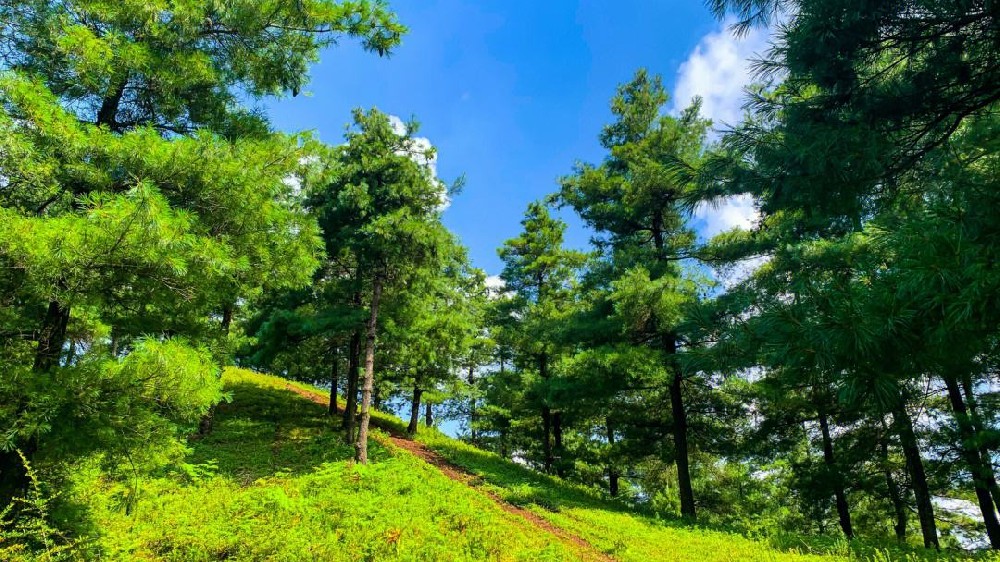
- Function: Real-time monitoring of temperature, humidity, and air pressure in the forest.
- Role: Provides data support for weather forecasting and pest control, helps assess forest fire risks.
- Function: Monitors wind speed changes in the forest.
- Role: Issues warnings about the spread of forest fires, monitors climate changes, and provides disaster alerts.
- Function: Measures changes in wind direction in the forest.
- Role: Predicts fire spread direction based on wind speed data, and helps adjust firefighting strategies and evacuation plans.
 |  |  |  | 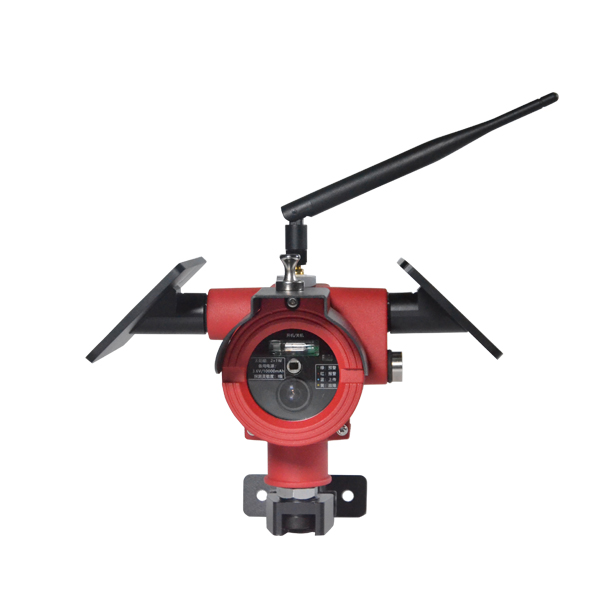 |
| Wind Speed Sensor | Wind Direction Sensor | Atmospheric Temperature Humidity pressure Sensor | Tipping bucket rain gauge sensor | Flame sensors |
 |  |  | 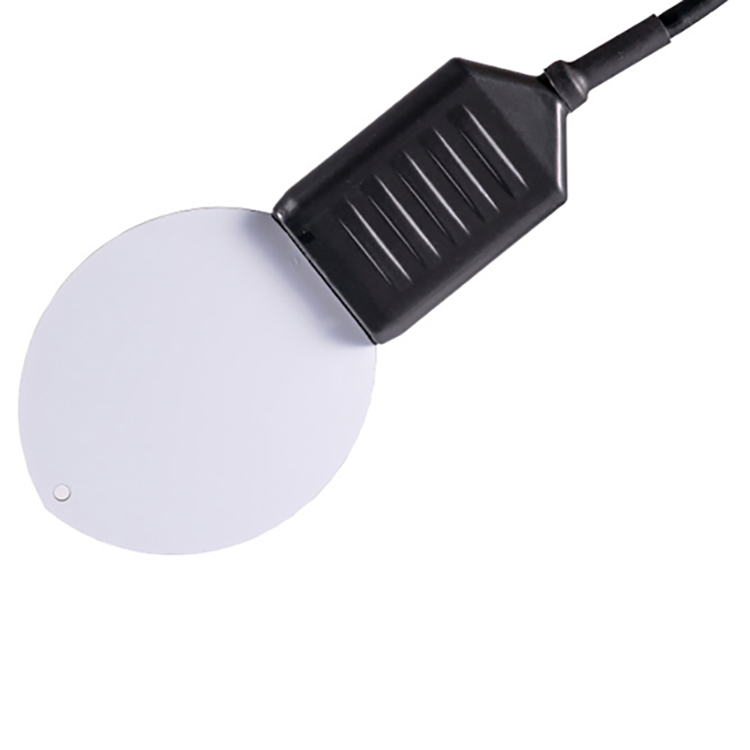 | 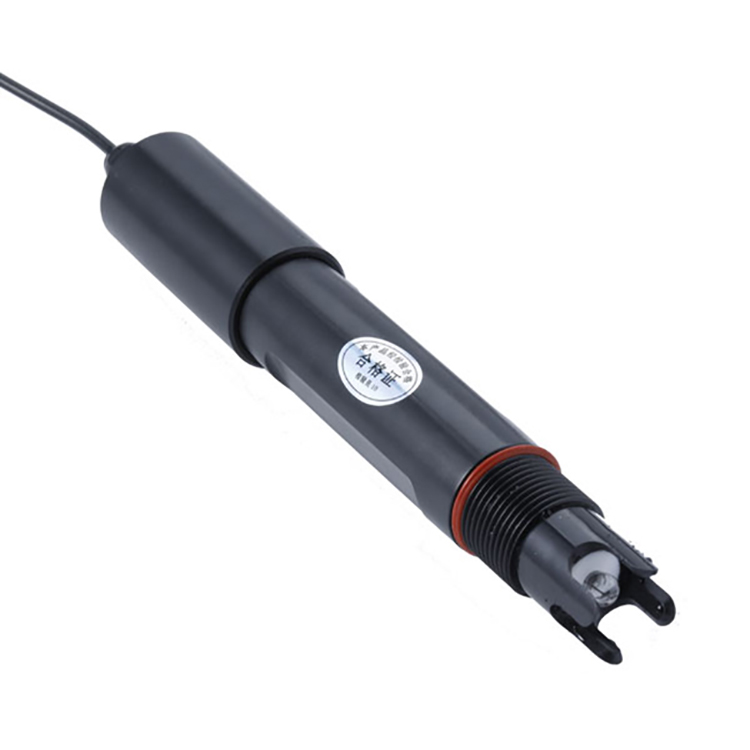 |
| Solar Radiation Sensor | Photosynthetically Active Radiation Sensor | 3-in-1 Soil Temperature Humidity EC Sensor | Leaf Wetness Sensor | Soil pH sensor |
- Function: Monitors the moisture level on plant leaves.
- Role: Assesses plant water status, prevents pest and disease outbreaks, and optimizes irrigation strategies.
- Function: Monitors soil moisture content, temperature, and electrical conductivity simultaneously.
- Role: Guides scientific fertilization and irrigation, maintains soil health, and prevents soil erosion and degradation.
- Function: Monitors solar radiation intensity in the forest.
- Role: Assesses light conditions and helps in formulating vegetation growth and light management plans.
- Function: Measures the spectral range critical for plant growth.
- Role: Assesses photosynthesis efficiency, optimizes plant photosynthesis in the forest, and enhances carbon absorption capacity.
- Function: Monitors rainfall levels in the forest.
- Role: Provides early warning of floods and droughts, helps in managing water resources to ensure the stability of the forest ecosystem.
- Function: Monitors soil pH levels.
- Role: Provides scientific data for fertilization and soil improvement, helping optimize soil management.
- Function: Monitors forest fire hazards using infrared thermal imaging technology.
- Role: Provides early fire warnings, enhances firefighting efficiency, and reduces fire damage.
- Function: Tracks the location of forest rangers and equipment.
- Role: Improves emergency response speed and ensures personnel safety.
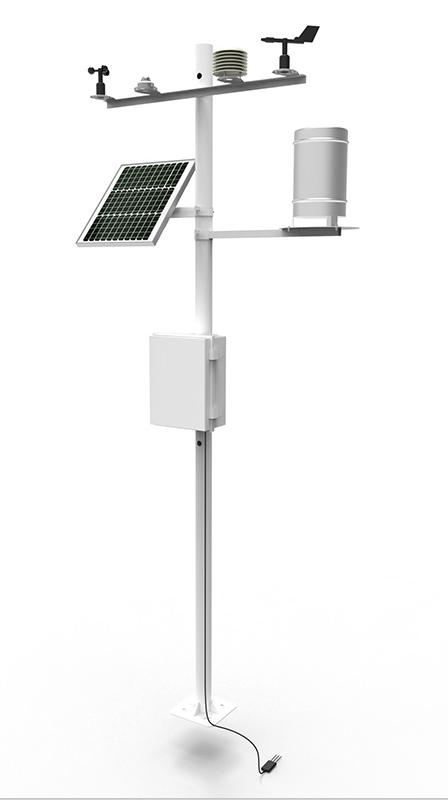
- Deploy the above sensors in the forest area to build a comprehensive environmental monitoring network.
- Use IoT technology to collect real-time sensor data, and apply big data analysis and machine learning algorithms to deeply mine and analyze the data.
- Provide managers with scientific management suggestions and guidance based on the data analysis, such as irrigation, fertilization, fire prevention, and pest control.
- Utilize cloud platforms to achieve remote monitoring and management of the forest area, improving management efficiency and response speed.

- Background: A large national park frequently faces seasonal fire threats.
- Solution: Wind speed, wind direction, atmospheric temperature, humidity sensors, and infrared thermal imaging sensors are deployed, combined with AI algorithms to quickly identify and warn of fire sources.
- Effect: Significantly improved fire prevention efficiency, reduced forest fire occurrence and spread speed, effectively protected forest resources.
- Background: A degraded forest area severely impacted by over-exploitation or natural disasters.
- Solution: Soil moisture, temperature, electrical conductivity sensors, and solar radiation sensors are installed to assess soil fertility and plant growth in real-time, adjusting irrigation and fertilization strategies dynamically.
- Effect: Significantly increased vegetation coverage and biodiversity, aiding in the healthy recovery of the forest ecosystem.
- Background: Forest ecosystems in certain areas have been severely degraded due to over-exploitation or natural disasters.
- Solution: Installed sensors for soil moisture, conductivity, leaf wetness, and solar radiation to monitor soil fertility, plant growth, and environmental conditions in real-time, adjusting irrigation, fertilization, and vegetation restoration strategies based on the data.
- Effect: Promoted the healthy restoration of the forest ecosystem, enhancing ecological services and supporting environmental protection and sustainable development.
5. Role and Value of the Solution
- Enhancing Ecological Benefits
- Through precise management, optimize the ecological environment of the forest, increasing forest coverage and biodiversity.
- Improving Economic Benefits
- By optimizing irrigation, fertilization, and other management practices, reduce production costs, and improve economic benefits. Fire prevention and wind damage measures also reduce losses, safeguarding the economic security of the forest area.
- Enhancing Social Benefits
- Improve the management level and response speed of forest areas, enhancing public trust and support for forest areas. Activities such as scientific education and eco-tourism can boost the social influence of the forest area.
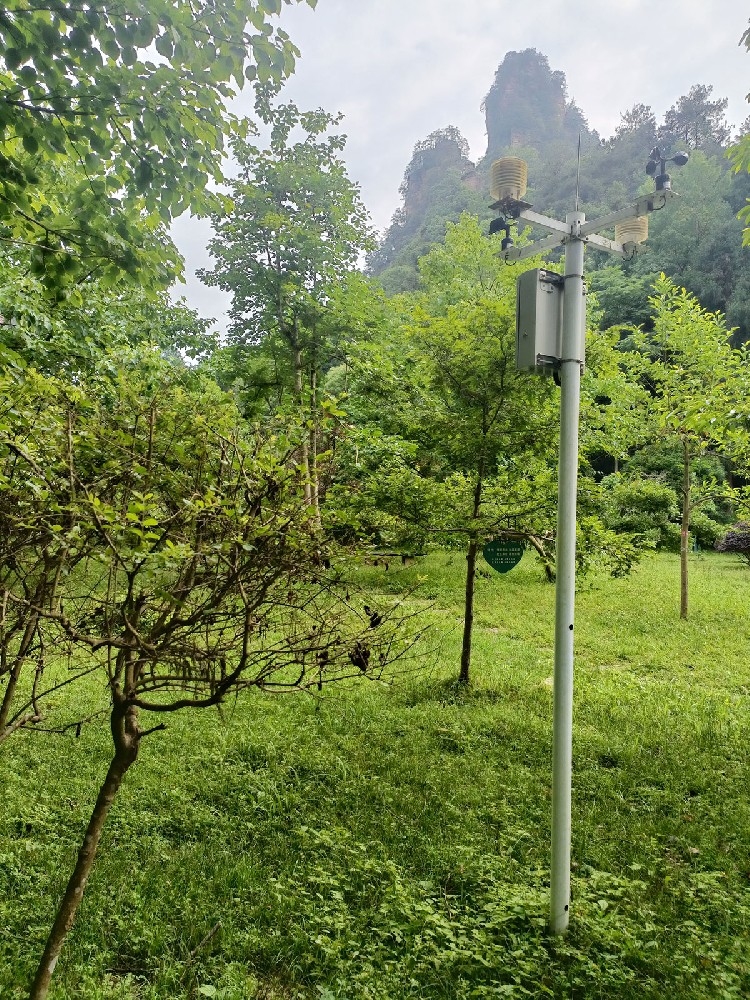
Smart forest solutions integrate advanced sensors and intelligent control systems for comprehensive environmental monitoring of forests. It enhances the early warning capabilities for forest fires, pests, and other disasters, while promoting ecological system restoration and biodiversity. The solution reduces human intervention, lowers management costs, and improves resource utilization efficiency, providing strong technological support for sustainable forestry development. By analyzing the data, it also provides valuable resources for scientific research, advancing the progress of forestry science. In the future, as IoT, big data, and AI technologies continue to evolve, smart forest solutions will be further enhanced and upgraded, offering even stronger support for modern forest management.
Related recommendations
Sensors & Weather Stations Catalog
Agriculture Sensors and Weather Stations Catalog-NiuBoL.pdf
Weather Stations Catalog-NiuBoL.pdf
Related products
 Combined air temperature and relative humidity sensor
Combined air temperature and relative humidity sensor Soil Moisture Temperature sensor for irrigation
Soil Moisture Temperature sensor for irrigation Soil pH sensor RS485 soil Testing instrument soil ph meter for agriculture
Soil pH sensor RS485 soil Testing instrument soil ph meter for agriculture Wind Speed sensor Output Modbus/RS485/Analog/0-5V/4-20mA
Wind Speed sensor Output Modbus/RS485/Analog/0-5V/4-20mA Tipping bucket rain gauge for weather monitoring auto rainfall sensor RS485/Outdoor/stainless steel
Tipping bucket rain gauge for weather monitoring auto rainfall sensor RS485/Outdoor/stainless steel Pyranometer Solar Radiation Sensor 4-20mA/RS485
Pyranometer Solar Radiation Sensor 4-20mA/RS485
Screenshot, WhatsApp to identify the QR code
WhatsApp number:+8615367865107
(Click on WhatsApp to copy and add friends)